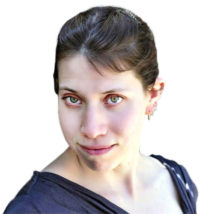
Bethany Brookshire was a longtime staff writer at Science News Explores and is the author of the book Pests: How Humans Create Animal Villains. She has a B.S. in biology and a B.A. in philosophy from The College of William and Mary, and a Ph.D. in physiology and pharmacology from Wake Forest University School of Medicine. She was a 2019-2020 Knight Science Journalism Fellow at MIT, the winner of the Society for Neuroscience Next Generation Award and the Three Quarks Daily Science Writing Award, among others.
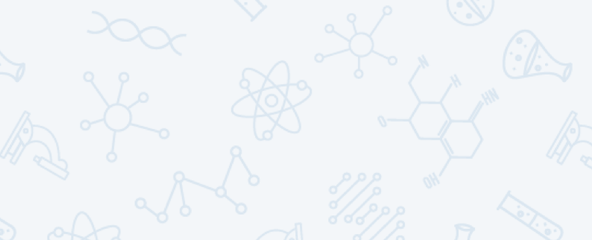
All Stories by Bethany Brookshire
-
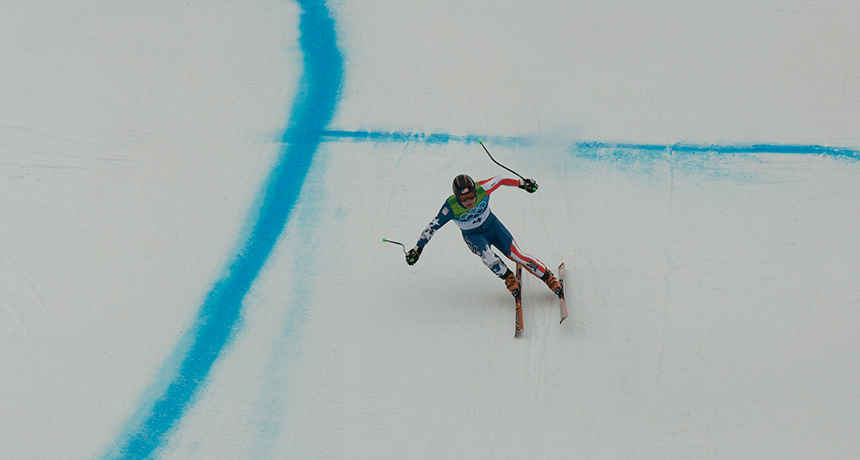 Health & Medicine
Health & MedicineWhy many Olympic athletes have early birthdays
When kids start out in sports, coaches tend to pick the biggest as the best. Here’s what scientists are trying to do about it.
-
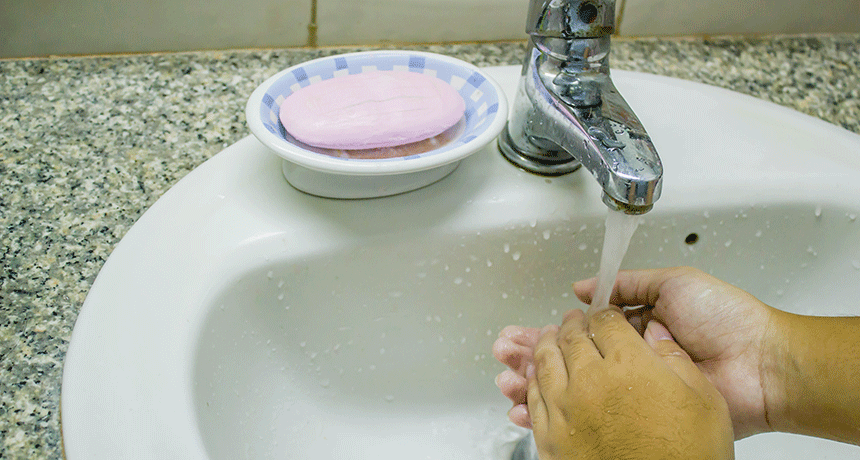 Health & Medicine
Health & MedicineScientists Say: Triclosan
This chemical is known for its bacteria-killing skills. But its use can also promote the development of dangerous, antibiotic-resistant bacteria.
-
 Brain
BrainUnlike adults, teens don’t perform better when the stakes are high
Adults tend to do better on tasks that have bigger rewards. Not teens. This difference might have to do with the rewiring of the brain during adolescence, new data suggest.
-
 Computing
ComputingScientists Say: Ampere
An ampere is a unit of electric current. It’s a base unit, meaning it’s one on which all electrical calculations are based.
-
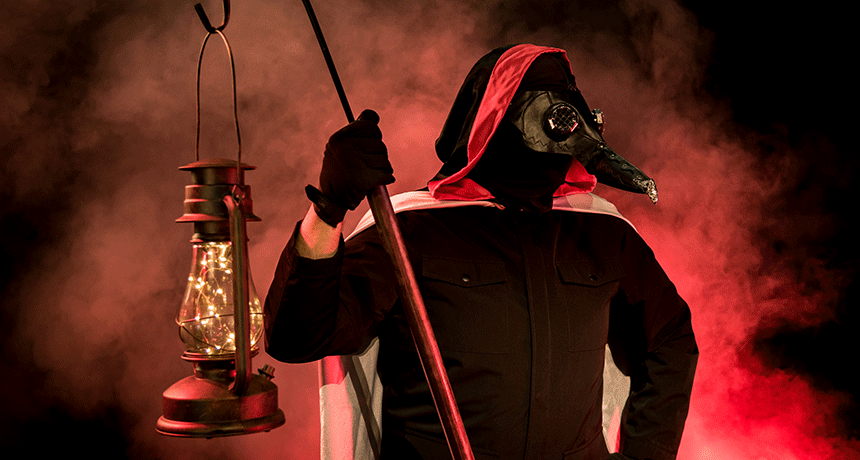 Health & Medicine
Health & MedicineDon’t blame the rats for spreading the Black Death
Popular history says millions of people died of the Black Death in the Middle Ages after being bit by fleas living on rats. But human fleas may be the real culprits, a new study finds.
-
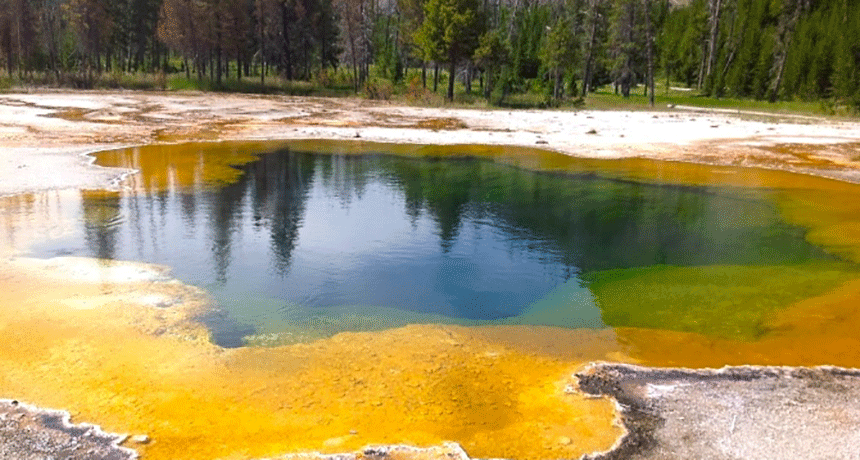 Microbes
MicrobesScientists Say: Archaea
Archaea are single-celled organisms that live anywhere from hot springs to your gut. Scientists used to think they were bacteria, but now they know they are their own domain.
-
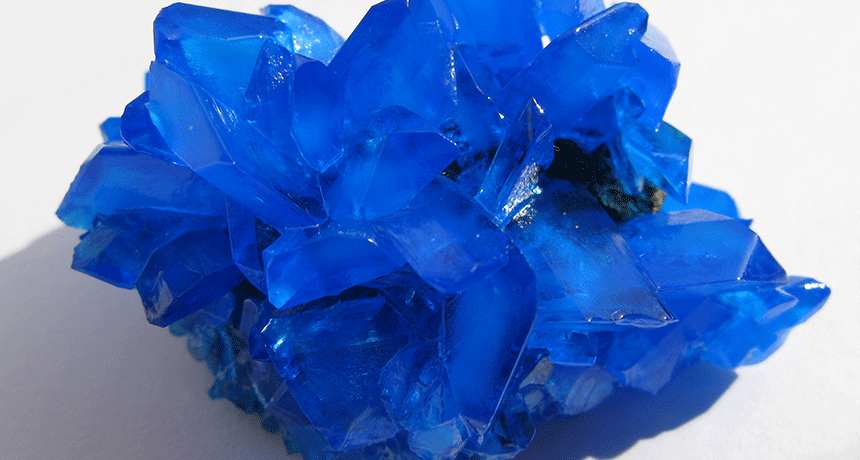 Chemistry
ChemistryScientists Say: Salt
Salts in chemistry are compounds made when a positively charged acid is combined with a negatively charged base. Table salt is one example.
-
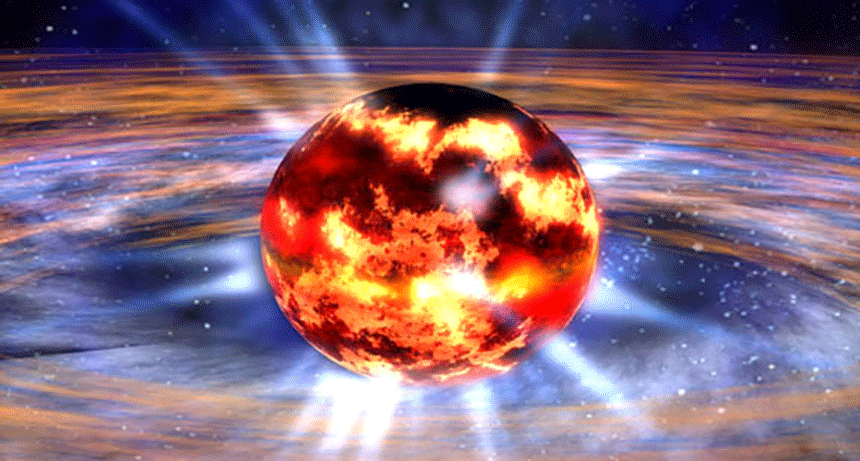 Space
SpaceScientists Say: Neutron star
When large, ancient stars die, they explode. But they don’t disappear. The remnants become incredibly dense neutron stars.
-
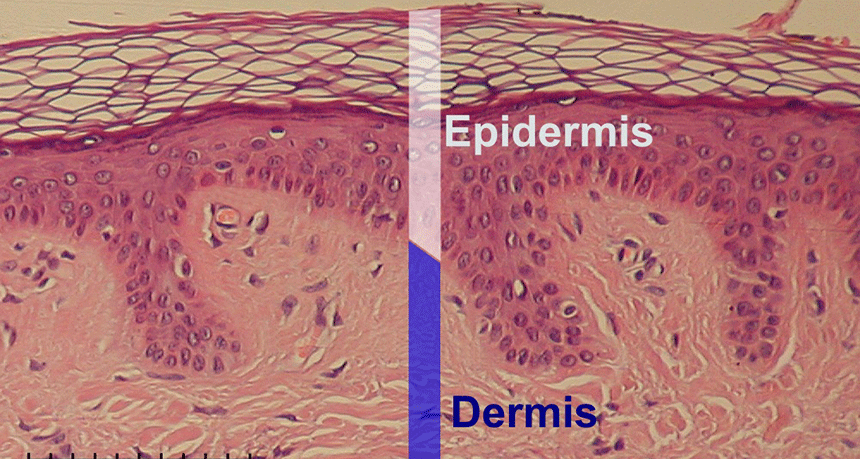 Health & Medicine
Health & MedicineScientists Say: Epidermis
The epidermis is the outer layer of your skin. It helps protect you from dangerous things in the environment, and helps control how much water evaporates from your body.
-
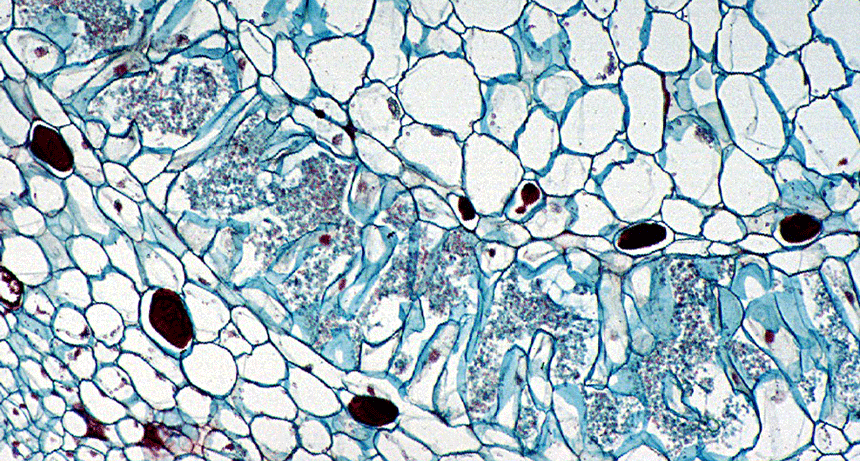 Microbes
MicrobesScientists Say: Microbiome
You’ve got company. Every animal and plant has microscopic organisms living on and in them. These include bacteria, protists, archaea, fungi and viruses.
-
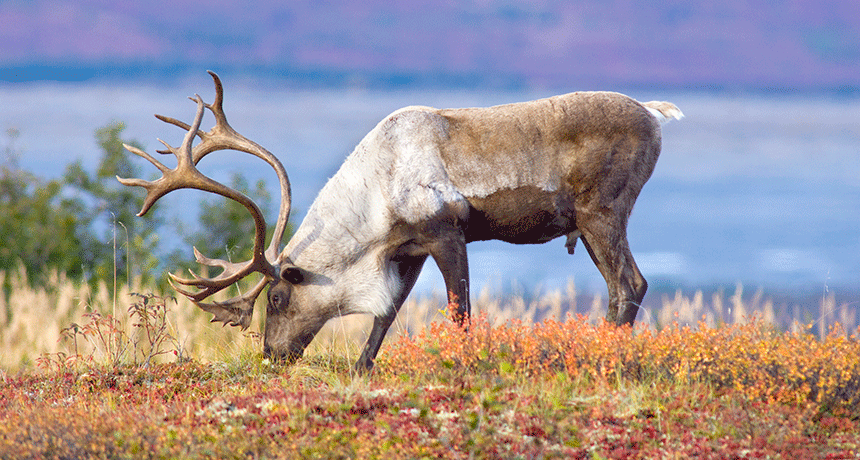 Ecosystems
EcosystemsHere’s why scientists have been fertilizing the Arctic
For more than 30 years, scientists have been fertilizing small parcels of Arctic tundra. Here’s what happens when you push an ecosystem to the brink.
-
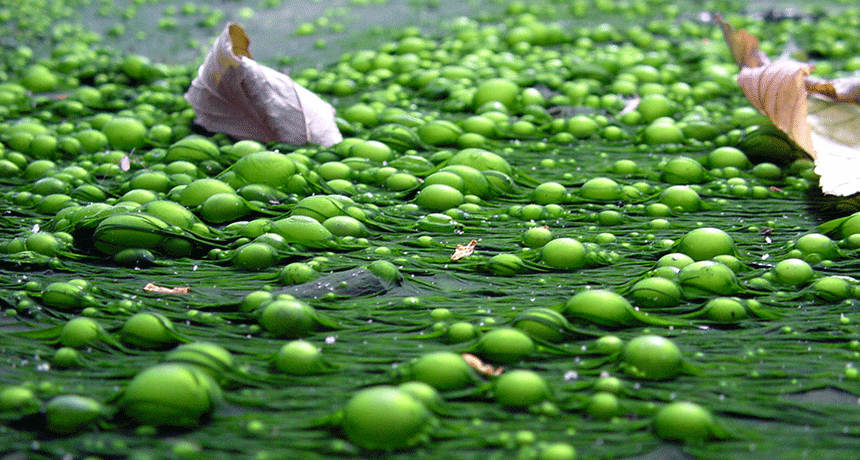 Plants
PlantsExplainer: The fertilizing power of N and P
Two elements — nitrogen and phosphorus — help plants grow. When the soil doesn’t have them, farmers might add them in the form of fertilizer.